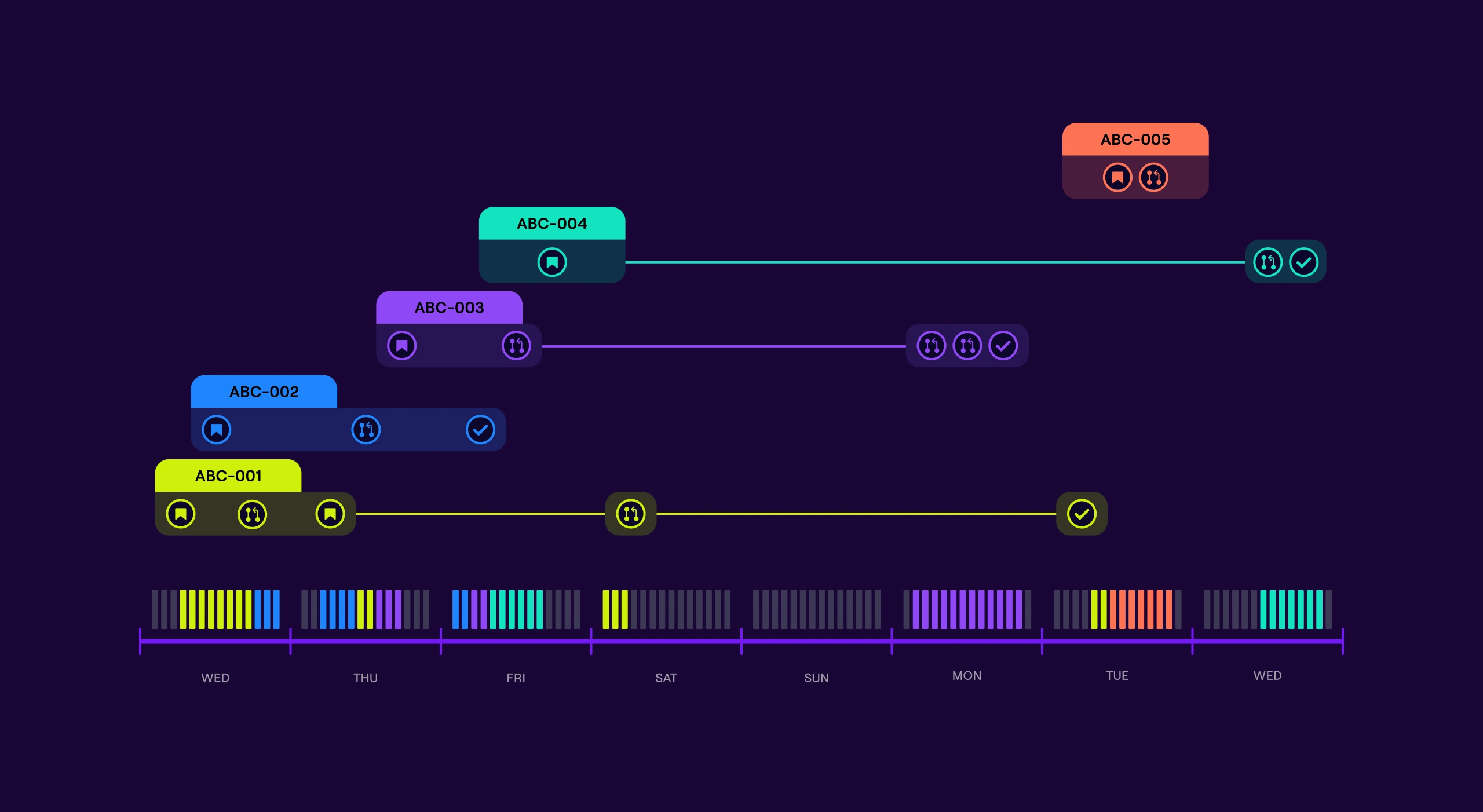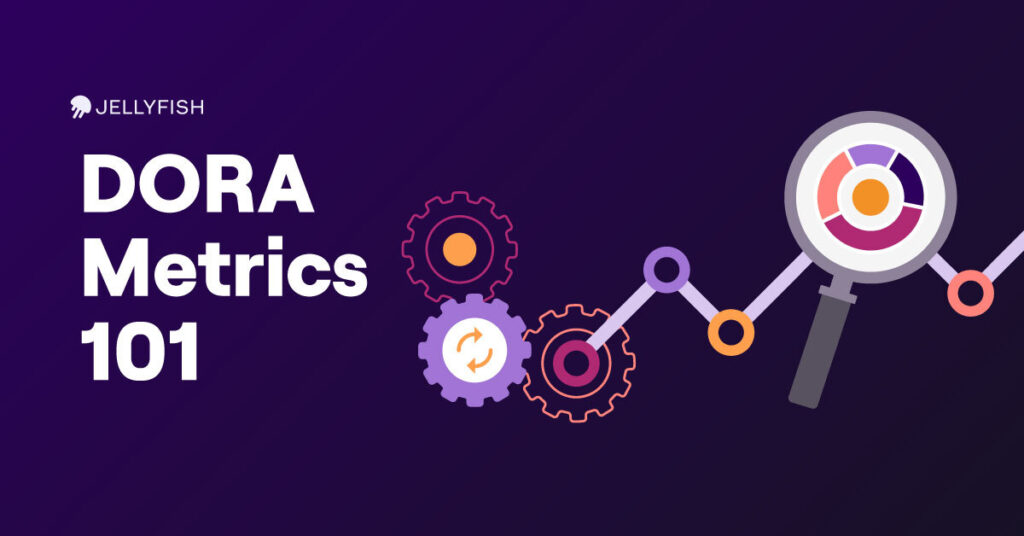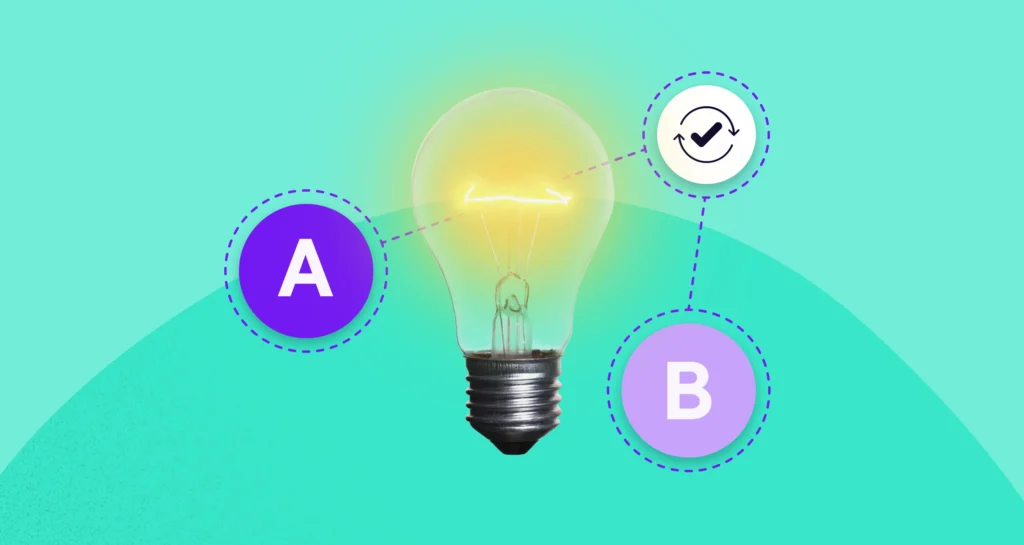Engineering leaders, how many times have you found yourself in this scenario:
You need to understand what’s going on with your teams to report or make some critical decisions. You open the spreadsheet everyone is supposed to be using to track metrics and progress across projects — maybe it’s hooked up to Tableau or another platform. You spend a few hours analyzing the data, maybe making manual updates because the data isn’t quite right due to numerous variables – only to find out someone distrusted the report and spun up an alternative that everyone is now using instead.
It’s frustrating, right? And it leaves you in a tough spot: Should you make a decision based on this shaky data or go by gut feeling ?
Today, nearly every company is a software company, with engineering being the most expensive and critical department to a company’s success. Engineering departments need to operate on a better foundation than a spreadsheet house of cards, expensive cycles regenerating reports or making best guesses. They need a way to quickly and easily understand and manage engineering, and that data to be trustworthy enough that it doesn’t require hours on end just to keep it updated.
That’s where the idea behind Jellyfish’s patented Work Allocations Model comes in. It looks at the work teams do in a way that revolves around the people doing it. It’s about getting everyone from C-suite to ICs on the same page by representing engineering in a standardized, easily accessible, automated platform so leaders can make informed decisions and support their teams.
Jellyfish’s Patented Work Allocations Model
Jellyfish provides the most precise representation of time allocation in the market. Our Work Allocations Model overcomes the limitations of traditional counting methods by modeling a development team’s time. Instead of simply counting events, Jellyfish’s model considers when events happen, and how and where they are correlated with other events. This provides a more comprehensive view of where engineering teams spend their time.
How Jellyfish’s Work Allocations Model Works
Jellyfish’s Work Allocations Model reconstructs the work performed by engineers to show a holistic view of engineering effort from the individual up to the entire organization.
Allocations aggregate timeline evidence from your existing engineering workflow — such as from Jira or Git — to automatically create virtual time cards that show the type of work your team is doing and how long they’re spending on each task.
Each full-time engineer is expressed as one full-time equivalent (FTE). Fractions of each FTE are spread proportionally across all the tasks the engineer worked on based on timeline evidence. This provides a level of insight that cannot be recreated by performing calculations in a spreadsheet or dashboard yourself.
Benefits of the Work Allocations Model
Let’s explore how Jellyfish’s Work Allocations Model benefits engineering leaders and teams. With our Work Allocations Model, you can:
- Quantify alignment to strategic priorities: You can track exactly how much of your team’s efforts go toward different strategic initiatives or categories of work and how that focused effort changes over time.
- Standardize work effort management: Standardize units of measurement across your team so everyone is on the same page using a consistent methodology.
- Identify high-level work for review season: Don’t rely on your memory to gauge how a person or team balanced their time in the past six months. Conduct reviews with a complete picture of your team’s effort.
- Calculate allocations automatically and say goodbye to timecards: Leverage a more reliable and efficient system to measure team time investment. This is ideal for software capitalization and similar reporting efforts.
- Provide a tangible way to promote company values: Ensure your team is spending time on initiatives aligned with company priorities, whether focusing on growth mode or an effort to shore up technical debt. Quantify the opportunity cost of the work that’s off strategy, such as reacting to escaped defects or building customer-specific solutions.
Jellyfish’s Work Allocation Model vs. Traditional Tracking Methods
We believe Allocations are the gold standard for tracking engineer outputs, but we recognize no one-size-fits-all method exists. Let’s examine how our Work Allocations Model stacks up against traditional methods like story points and timecards.
Story Points
Story points are great for Agile sprint planning. They provide a sense of how much work and risk is involved in a task — and are a great way to align the team when planning.
But story points do have their limitations. They are intended to express the “budget” (how much time we think the work will take), not the “cost” (how much time the work actually took). Often, there are also significant variances across teams concerning how actual time estimates map to story point values.
Timecards
Here’s some hard truth: Timecards are obsolete and not beneficial to engineers or managers. Time cards not only waste time, but they also degrade trust between team members and crush employee satisfaction. Like story points, timecards are often subjective approximations, hastily completed at the end of a workweek.
Each engineer who diligently tracks their time incurs overhead costs: keeping notes of how much time was spent on each task, setting aside time at the end of the week to fill in the timecard, and deciding which time tracking bucket to use for this or that project. Even with the best of intentions, inaccuracy and inefficiency are unavoidable.
How Submittable Uses Work Allocations to Optimize Engineering Operations
Submittable turned to Jellyfish to evolve its approach to engineering. It leveraged Jellyfish’s patented Work Allocations Model to gain deeper visibility into engineering processes, build faith in the engineering team’s ability to deliver on product and engineering roadmap work and support business growth.
“With Allocation data, we can highlight how much focus is going into product and engineering roadmap work and how that’s changing over time,” says Jess Dulay, Former Software Development Project Manager at Submittable. “Ultimately, Allocation builds faith in what the R&D is developing for our leadership. This data has been so impactful that our CTO felt comfortable taking this to the board.”
Jellyfish’s Work Allocations Model Is Key to Efficient Engineering Teams
If you want to demystify the work done by engineering and eliminate guessing from your decision-making process, then it’s time to say goodbye to spreadsheets and hello to an engineering management platform like Jellyfish.
To learn more about our patented Work Allocations, take a product tour or request a demo.






